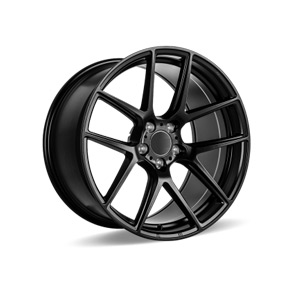Adjusting the Throttle Cable on Your Weed Eater for Optimal Performance
Understanding the Throttle Cable for Weed Eaters
When it comes to maintaining your garden, few tools are as invaluable as a weed eater. Also known as a string trimmer or line trimmer, this device helps you tame unruly grass, weeds, and other overgrowth in places where lawnmowers can’t reach. However, just like any mechanical tool, a weed eater requires proper maintenance, and one crucial component that often needs attention is the throttle cable.
What is a Throttle Cable?
The throttle cable is a vital link in the control system of your weed eater. It connects the throttle lever, typically located on the handle of the device, to the carburetor, which is responsible for mixing fuel and air. When you pull the throttle lever, the cable tightens, allowing more fuel to enter the combustion chamber, which in turn increases the engine's RPM (revolutions per minute) and boosts the cutting power of the trimmer. Conversely, releasing the throttle reduces the engine speed, making it easier to handle during lighter tasks or when you need to stop briefly.
Importance of a Functional Throttle Cable
A properly functioning throttle cable is crucial for the weed eater’s performance. If the cable is worn, frayed, or improperly adjusted, it can lead to various issues, such as erratic engine speeds or a complete inability to control the power. A malfunctioning throttle can not only make the tool frustrating to operate but can also impact its effectiveness in trimming and maintaining your garden. In extreme cases, a damaged throttle cable can lead to engine stalling or may prevent the machine from starting altogether.
Common Symptoms of a Faulty Throttle Cable
Several signs can indicate that your weed eater’s throttle cable may require inspection or replacement. Common symptoms include
1. Inconsistent Engine Speed If your weed eater’s engine revs erratically or fails to respond smoothly to throttle input, the cable might be the culprit. 2. Sticking or Jammed Throttle If you notice that the throttle lever feels stuck or doesn’t return to its original position, it could be due to a frayed or kinked cable.
weed eater throttle cable

Maintenance Tips
To ensure that your throttle cable remains in good working condition, consider the following maintenance tips
- Regular Inspection Periodically check the throttle cable for any signs of wear or damage. Look for fraying, kinks, or excessive looseness.
- Proper Adjustment If the throttle responds sluggishly, it may be necessary to adjust the cable according to the manufacturer's specifications.
- Clean Environment Keep the area around your weed eater clean from debris and grass clippings that can get tangled in the throttle mechanism.
When to Replace the Throttle Cable
If your inspection reveals significant damage or wear, it may be time to replace the throttle cable. Fortunately, replacement cables are readily available and often come with installation instructions. Replacing a faulty cable can dramatically improve the performance of your weed eater, making your gardening tasks smoother and more efficient.
In conclusion, the throttle cable is a small but crucial component of your weed eater. Regular maintenance and timely replacements will ensure that your garden tool operates at peak efficiency, helping you keep your outdoor space looking pristine.
-
Upgrade Your Control with Premium Throttle CablesNewsAug.08,2025
-
Stay in Control with Premium Hand Brake CablesNewsAug.08,2025
-
Experience Unmatched Performance with Our Clutch HosesNewsAug.08,2025
-
Ensure Safety and Reliability with Premium Handbrake CablesNewsAug.08,2025
-
Enhance Your Vehicle with High-Performance Clutch LinesNewsAug.08,2025
-
Elevate Your Ride with Premium Gear CablesNewsAug.08,2025
